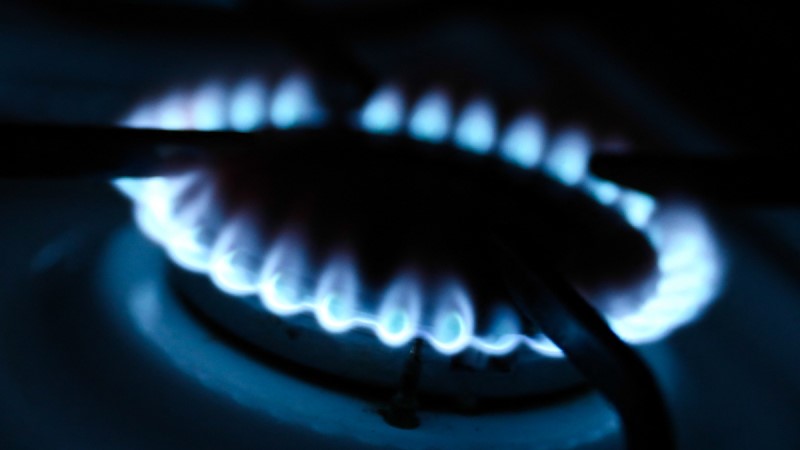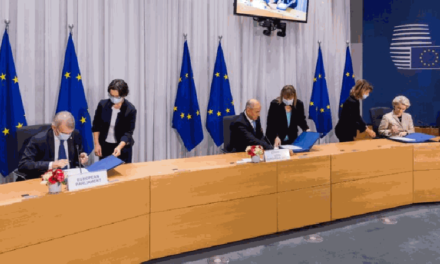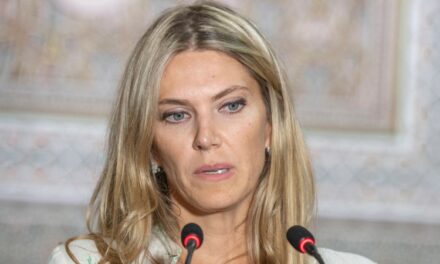Russia is successively reducing or completely stopping natural gas exports to European countries. Prices are already in the sky, but the real rise in prices can only start now. In the case of oil, however, there is hope for a price drop.
The Russian-Ukrainian war did not lead to the release of natural gas prices: Russia already started limiting the amount exported last October. Gazprom claimed that due to the colder than usual winter, their primary task was to fill up the Russian storages, but in fact it soon became clear that this was how President Vladimir Putin tried to put pressure on Europe so that the Nord Stream 2 gas pipeline would receive its commissioning permit .
As a result, the price of natural gas skyrocketed: at the Dutch Title Transfer Facility ( ICE TTF ), Europe's leading benchmark, prices rose from 16 euros per megawatt hour at the beginning of January to 88 euros by the end of October, an increase of more than 450% in less than a year means an increase. This, in turn, sent electricity prices sky high.
But on December 29, prices of 179.9 euros were already on the markets. After that, however, there was a minor interruption: in January of this year, the level per megawatt hour was already between 75-85 euros.
Now comes only the black soup
There have been outbreaks since the beginning of the invasion of Ukraine, but the prices at the TTF have not gone above the EUR 125 exchange rate. Now, however, this may change.
Over the past week, European natural gas prices posted their biggest weekly gains since the early stages of the war as Moscow began to tighten gas supply restrictions. All of this includes the fact that the markets have just started to calm down: due to more LNG shipments than expected, as well as continuous Russian gas shipments, European storage reserves were higher than expected. Presumably, in response to this, President Vladimir Putin could have ordered Gazprom to cut off the supply. In the meantime, however, the Russian state gas company pointed out to the German company Siemens that unexpected maintenance work was needed, and they also started a dispute with the German company.
This is why last week, for example, no Russian natural gas reached France at all, but Gazprom cut back half of its supply to Germany and Slovakia, among others, while in recent months it has dropped all supplies to Bulgaria, Poland and Finland. In addition, he also broke contracts with some of the smaller gas buyers, including Shell, because they refused to pay in rubles. The benchmark futures could rise by as much as 8.4 percent before reducing the impact of the recent price drop, so the weekly increase was around 50 percent.
European politicians accuse the Kremlin of using the gas for political purposes, and the cuts coincide with a symbolic trip to Ukraine this week by the leaders of Italy, Germany and France. According to the European Commission, Russia is using energy exports for blackmail.
"Storage has been filling up at a good pace," Warren Patterson, ING Bank's head of commodity strategy, told Bloomberg . He added that this was covered by Gazprom this week.
Traders are closely watching how Europe makes up for the missing volumes. Storage facilities in the region are at 52 percent capacity after additional supplies were made in recent weeks. However, levels have started to fall again as buyers look to fill the void left by Russia.
"The biggest challenge facing the market is to assess the impact of the resulting slowdown on storage injections"
BloombergNEF analyst Arun Toora said in a note on Friday.
BNEF reduced its base estimate for gas entering storage by 10 billion cubic meters compared to a previous forecast in May, citing the likelihood of further Russian restrictions. If shipments from Moscow stop altogether, European stocks could fall below the threshold needed to get through the winter, according to Toora. Similar concerns were expressed by the international analyst company Wood Mackenzie, according to which stocks may run out by January even during a mild winter.
Moscow cited technical errors as justification for the reduced flows. Italy could start a gas emergency plan as early as next week if Russia continues to curb supplies, which could lead to companies being asked to voluntarily curb energy consumption, according to people familiar with the situation.
The Dutch front-month natural gas futures market stood at this year's record price of 125 euros per megawatt hour. But due to the increase in demand and the decrease in Russian supply, prices may rise further this week.
Is the oil ready?
Oil prices fell by about 6 percent on Friday, falling to a four-week low. The reason for this is not the increase in production, but the fact that the major central banks (the American Fed, the Swiss and the British central bank) raised interest rates due to runaway inflation. Analysts say these decisions could slow the global economy and reduce demand for energy.
Also putting pressure on prices was the fact that the US dollar rose to its highest level since December 2002 this week, making it much more expensive to buy oil in most currencies around the world because it has to be paid in dollars.
Brent futures were down $6.69, or 5.6 percent, at $113.12 a barrel, while U.S. West Texas Intermediate (WTI) crude was down $8.03, or 6.8 percent, at $109. Agreed on $56.
For Brent, this was the lowest close since May 20, and for WTI it was the lowest since May 12.
"Crude oil prices fell as the dollar rose, Russia signaled a need to increase oil exports and as global recession fears intensified," Edward Moya, chief market analyst at data and analytics firm OANDA, told CNBC .
In May, OPEC+, which brings together the oil-producing countries, produced 2.695 million barrels of oil less than the countries promised. Several members had production problems, and Russia faced sanctions from the EU. On the other hand, OPEC vows to make up for the volume lost on the Russian side, Reuters .
This is where parallel oil markets can emerge: since the EU countries buy significantly less from Russia, there will be a greater demand for oil from the Middle East, but they will lose out on a couple of larger markets, where the cheaper, less salable Uralt can deliver. This allows India and China to buy more cheap Russian oil, thus forcing the Arabs out of these markets, which may drive down prices in Western countries overall.
The Brent-Ural price difference was 34.7 dollars last week, which means that the demand for Russian oil did not increase even though China and India started massive purchases, according to Neste's data .
Photo: Jakub Porzycki / NurPhoto / AFP













